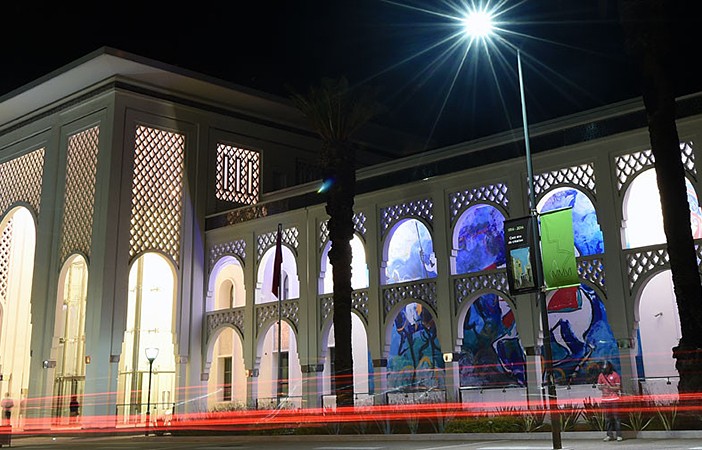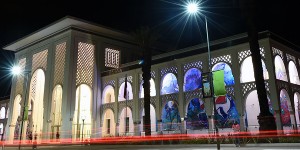ANSAmed
The Mohammed VI Museum in Rabat opened this week a stunning display of Moroccan medieval works, on show until June 3. The exhibit is the fruit of a joint effort between the Louvre Museum in Paris and the National Foundation of Museums of Morocco.
Medieval art mounted in the halls of the prestigious contemporary art museum could seem paradoxical or provocatory, but the gamble seems to be paying off, since the the Rabat exhibition is packed with visitors and has issued already roughly 170,000 tickets. Major museums in Europe and North America have made contact with officials in charge of the exhibit with the hope of hosting it in the autumn, after it has closed in Rabat.
The exhibit has more than 300 pieces going back to the 13th century or earlier, a large number of which are part of the precious patrimony of the al-Karaouine mosque in Fez, according to the Moroccan newspaper La Vie Economique.
Popular works on show include cedar monumental doors from 1136; delicate ceramics; finely sculpted, wooden pulpits called “minbars” that were used by Imams for sermons; and gold dinar coins minted during the 12th century Almohad Caliphate. Tunisia and Egypt contributed a book by the accomplished medieval philosopher and scholar Ibn Khaldun, and the Koran of Valencia, which dates back to 1169.
The exhibit offers a dip into medieval Morocco, but also into the history of what was once one of the richest and most powerful empires, between the eleventh and fifteenth centuries, made so by the foresight of dynasties of Berber origin (the Almoravids, and the Almohades Marinids). Starting from the southern deserts of Morocco, these dynasties conquered neighboring regions, incorporating into their state what would later become Tunisia and Algeria.








